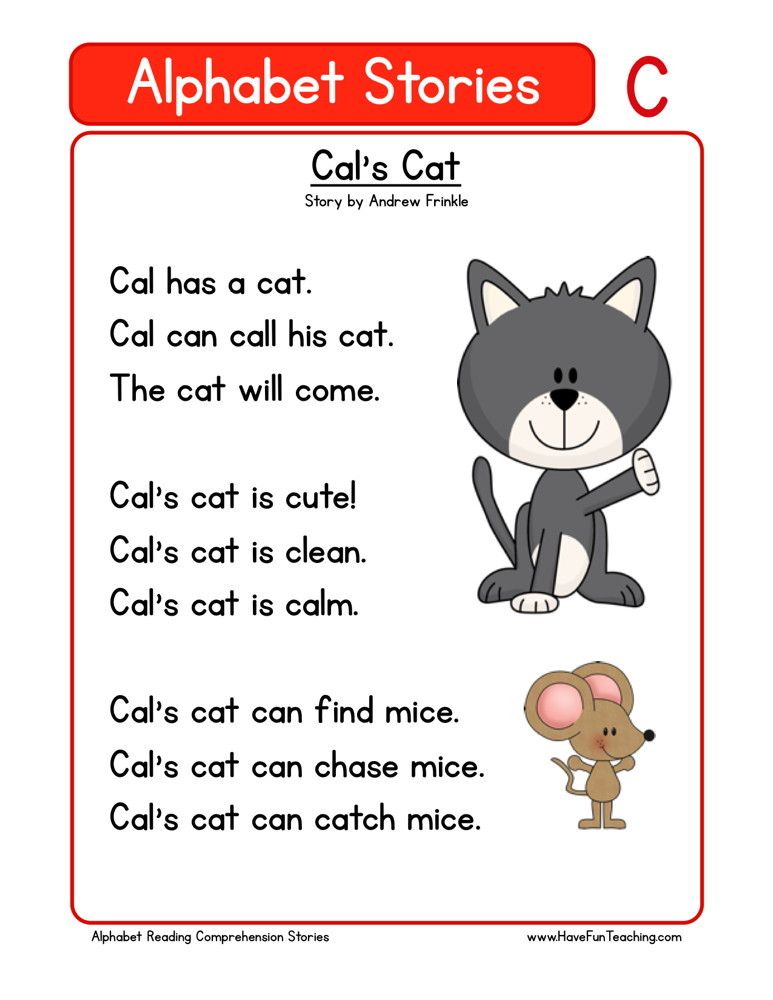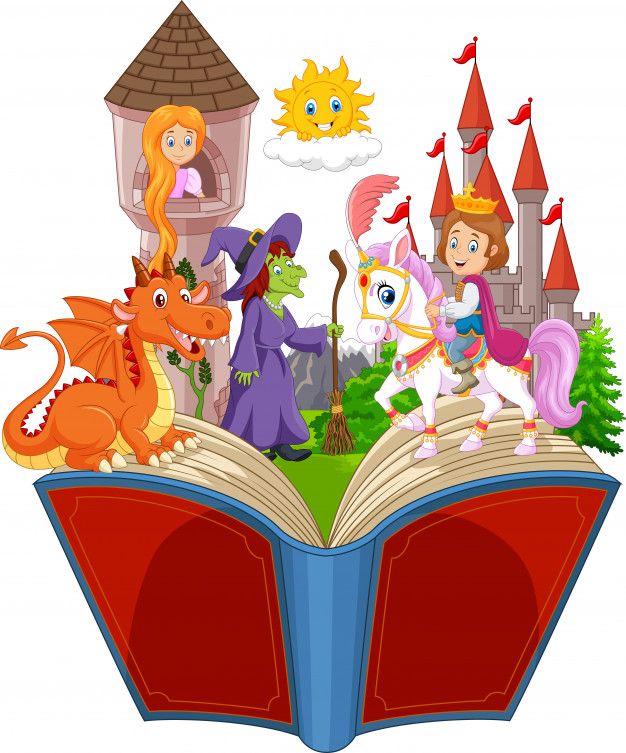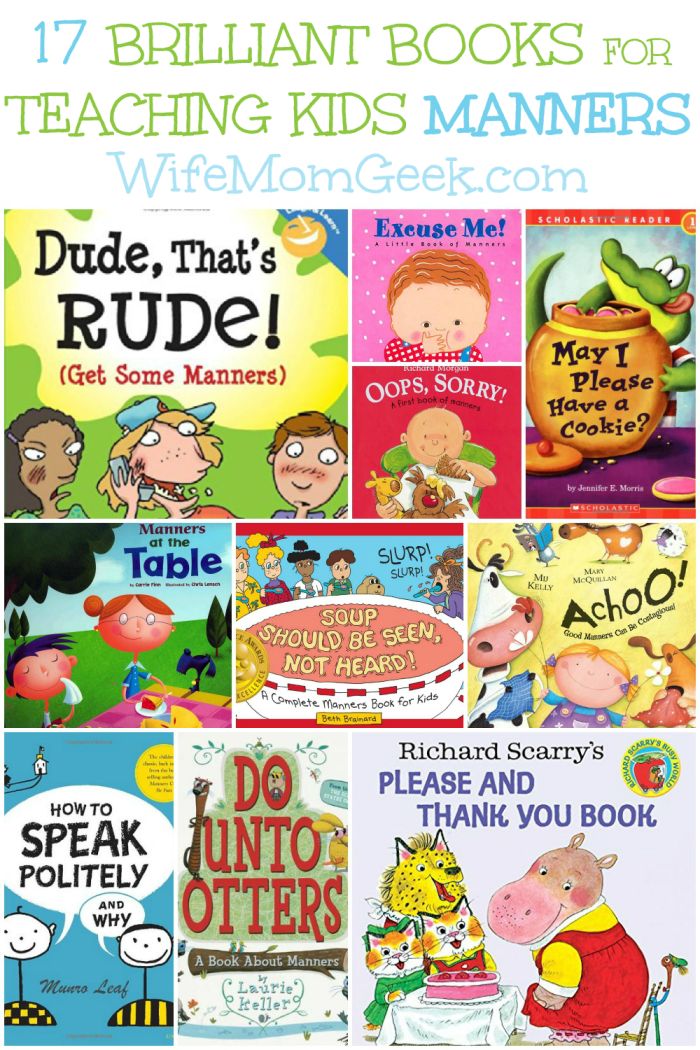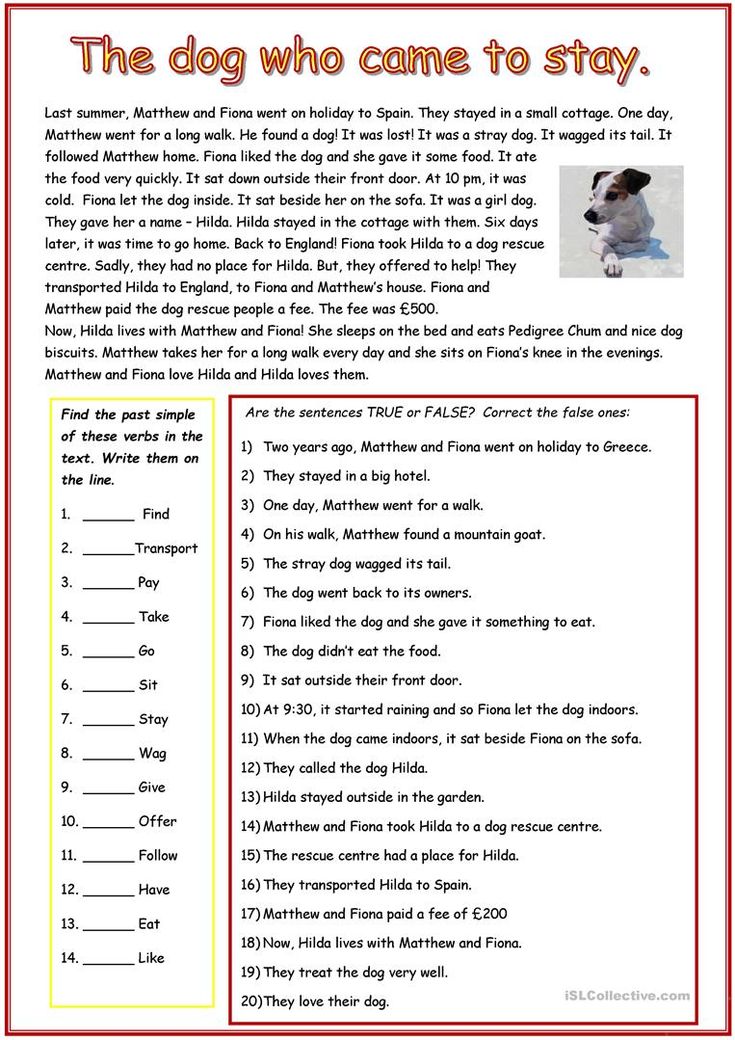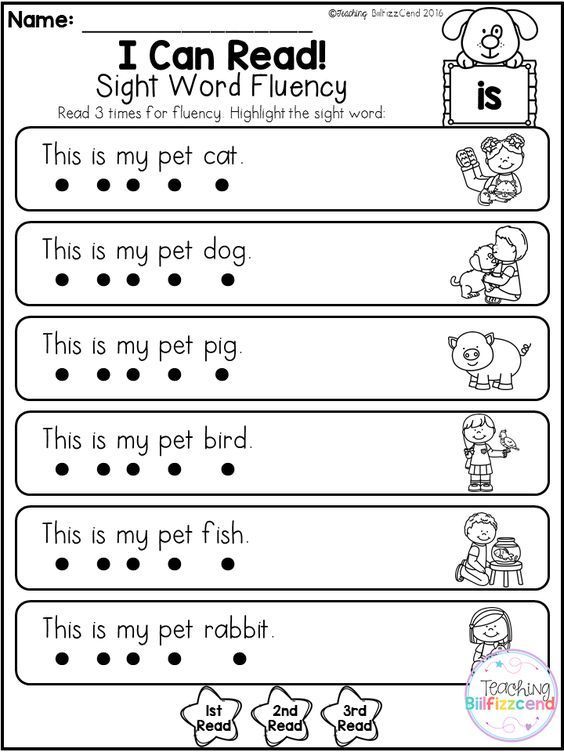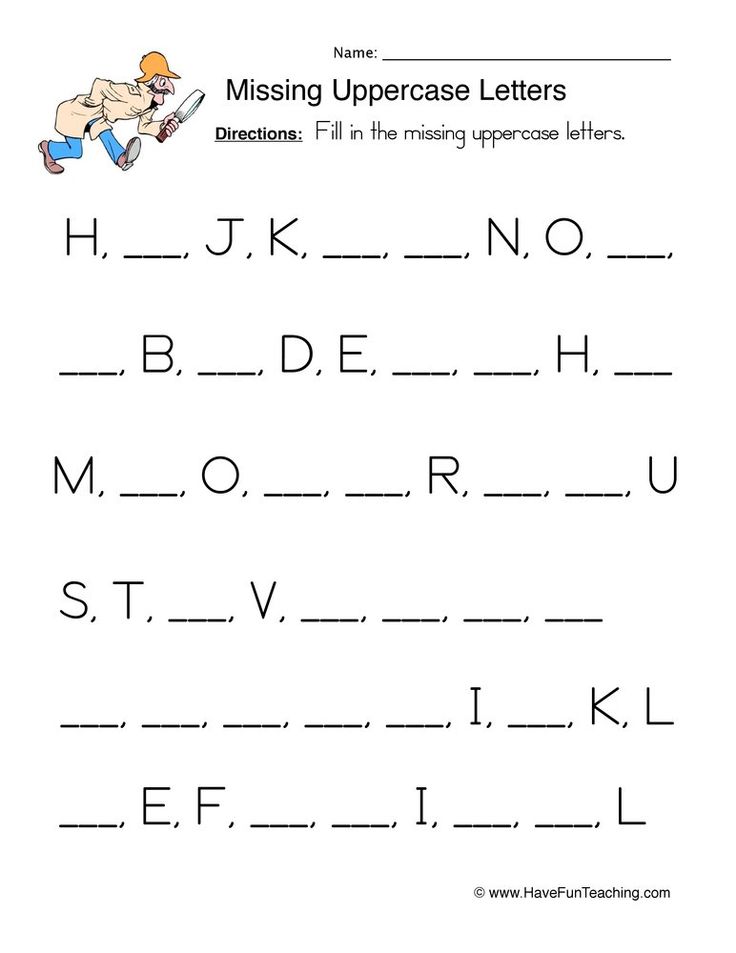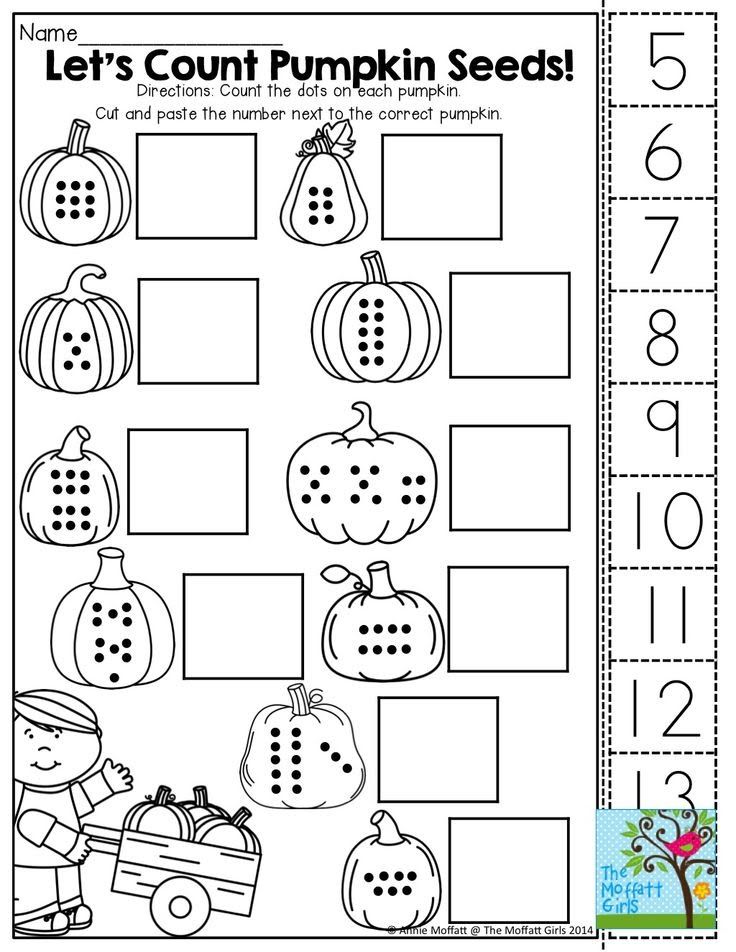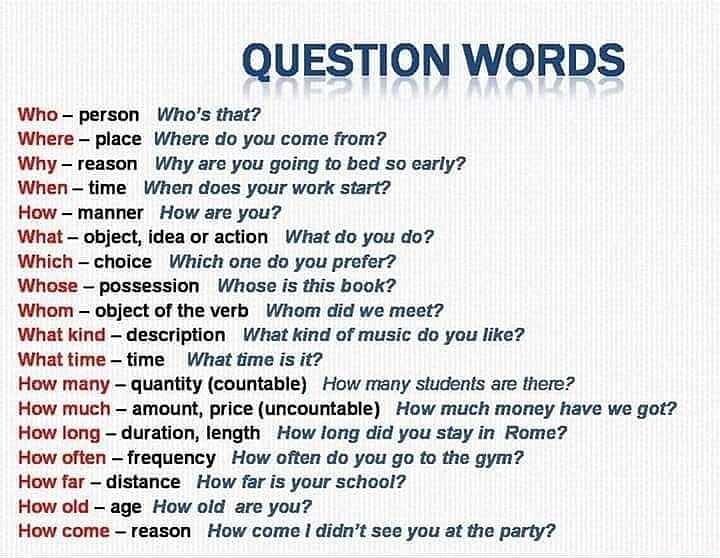Reading tips for kids
11 Reading Strategies To Improve Your Child’s Reading Level
Children learn to walk and talk naturally, but that’s not the case with reading. Reading strategies are designed to help your child develop a strong reading foundation — one built with confidence, engagement, and joy!
As a parent, you are most likely always looking for techniques that make your child want to learn. We’re here to help you and your child on their journey as a budding reader.
Try the 11 reading-strategy suggestions below for kids who are beginning to read all the way to those reading advanced chapter books! We’ve made it easy for you to see what skill each strategy focuses on so you can help your child in a way that’s right for their reading level.
But before we get to these ideas, let’s discuss what reading strategies are and how to effectively teach them to your young reader.
What Are Reading Strategies?
Reading strategies are activities that help your child understand what they’re reading, build vocabulary, and improve their reading skills.
Think of each reading strategy as a tool your child can pull out to help them read. For example, if they get stuck on a word, they can think of all the decoding strategies they’ve learned and pick one to try.
If that one doesn’t work and they’re still stuck, they can try another one. By experimenting with different strategies, your child learns to figure out the words in front of them and continues developing their reading skills.
Since each reading strategy won’t work in every situation, your child must have a variety of methods in their reading toolbox. As they gain experience, they’ll better know which one to use when.
Additionally, knowing the words in a book is not the only reading skill. Children need to develop comprehension skills as well as the ability to get “lost” in a book. Reading strategies that promote this engagement are very valuable.
Why Reading Strategies Are Important
When your child uses reading strategies, they are actively engaged in the reading process.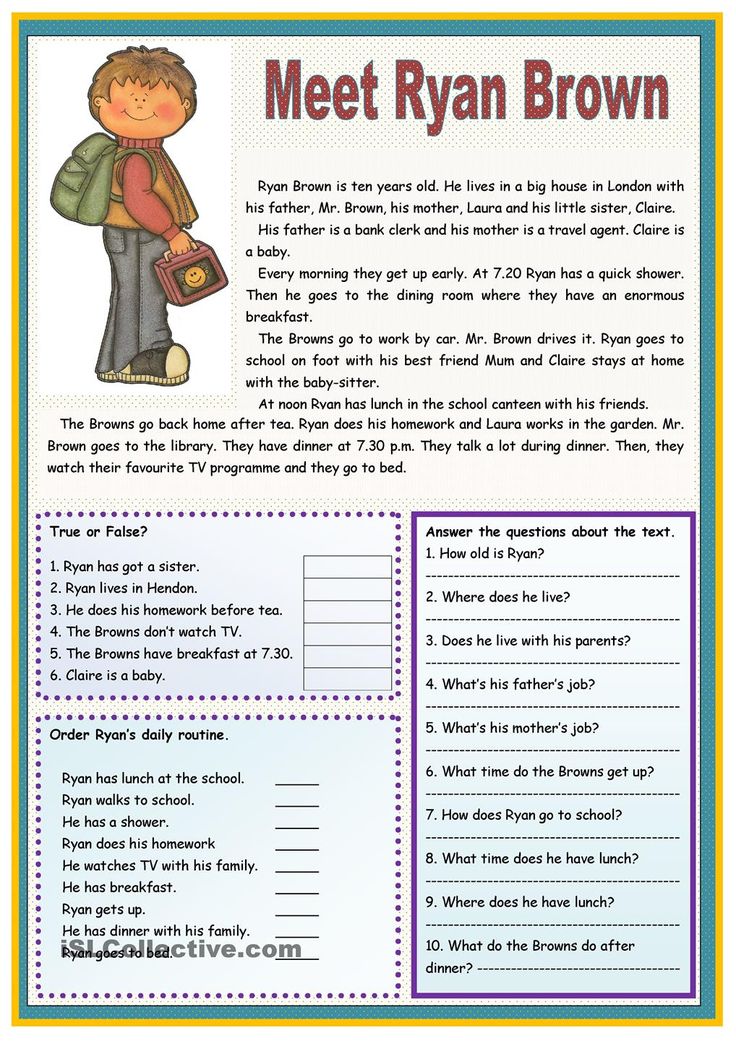 This helps them understand the text better and makes reading more enjoyable.
This helps them understand the text better and makes reading more enjoyable.
Additionally, as we mentioned above, reading strategies help your child build their vocabulary, which is essential for reading comprehension. If they don’t understand what the words are, they can’t make sense of what they’re reading.
How To Help Your Child Become A Better Reader
Now that we’ve talked about the benefits of reading strategies, let’s take a look at how to teach them to your child.
First things first, teaching reading strategies at home doesn’t need to be complicated. You can use everyday activities to help your child practice their reading skills.
One of the best ways to teach reading strategies is to model them. This means showing your child how to use the strategy while sharing a story. For instance, if you’re showing how illustrations in a book can help you understand the text, point to the pictures as you read.
Say, “Pictures can give us more information about the story and what’s happening. I’ll look closely at this illustration to see if it helps me figure out what’s going on.” Then, ask your child to do the same and discuss the image together.
I’ll look closely at this illustration to see if it helps me figure out what’s going on.” Then, ask your child to do the same and discuss the image together.
Think aloud as you read, telling your child what you’re doing and why it’s helpful. This gives your child insight into your thinking process and helps them learn to use the strategy independently.
You might say, “I don’t know this word, so I’ll try to break it into syllables and then put them together to help me remember what each part says.”
In addition to modeling, remind your child of other strategies they can use. For example, if you see that they’re struggling to sound out a longer word, encourage them to look for smaller words inside of it.
Helping your child strategize enables them to become more confident in their reading.
11 Fun And Helpful Reading Strategies
Use these reading strategies to help your child practice important literacy skills and become a more confident reader.
1) Reread Familiar Texts
You may feel pressured to always offer your child new and different stories.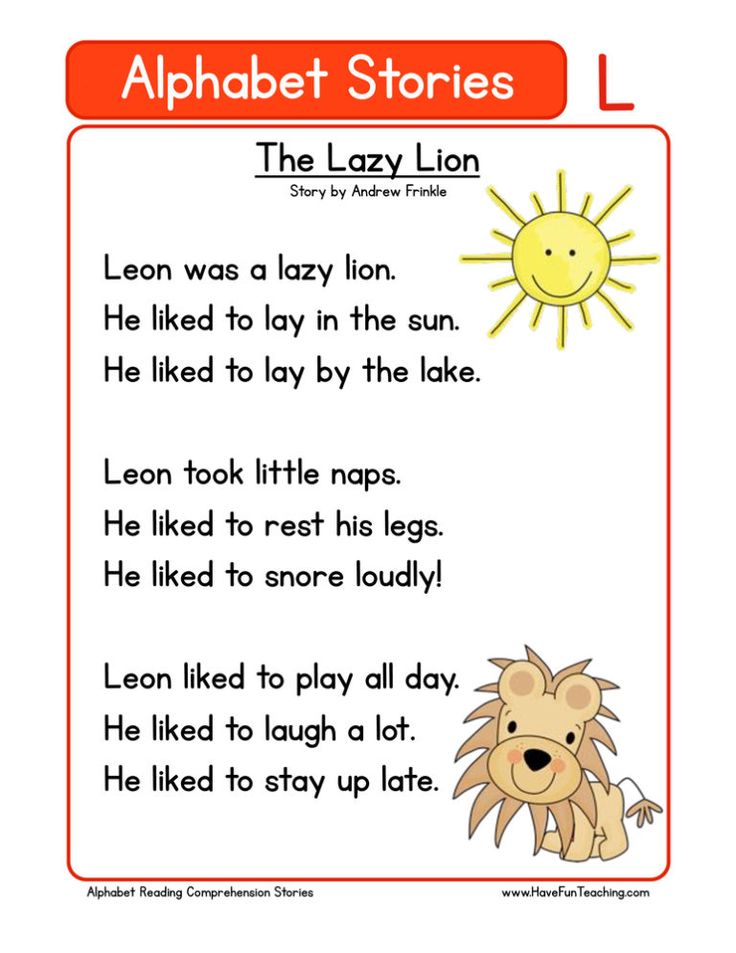 While that is great, it can also be just as helpful for your child to read the same book more than once.
While that is great, it can also be just as helpful for your child to read the same book more than once.
Rereading helps your child in two major ways. It gives them confidence by letting them choose what to read, and it improves their fluency since they are more familiar with the words in the book, which means they can really indulge in and enjoy the story!
As the text becomes easier for your little one to read, they will feel a sense of accomplishment because they are reading with the ease of a fluent reader — this is a huge step for your child!
2) Ask Questions About The Story
Reading isn’t a passive activity. Instead, your child’s brain should actively engage with the text. Teaching them to ask questions is a great way to help them connect with the words on the page.
Asking questions can also help your child keep tabs on their comprehension. They can use questions to make sure they understand what the text says.
As you’re reading to your child, stop to ask questions throughout the story.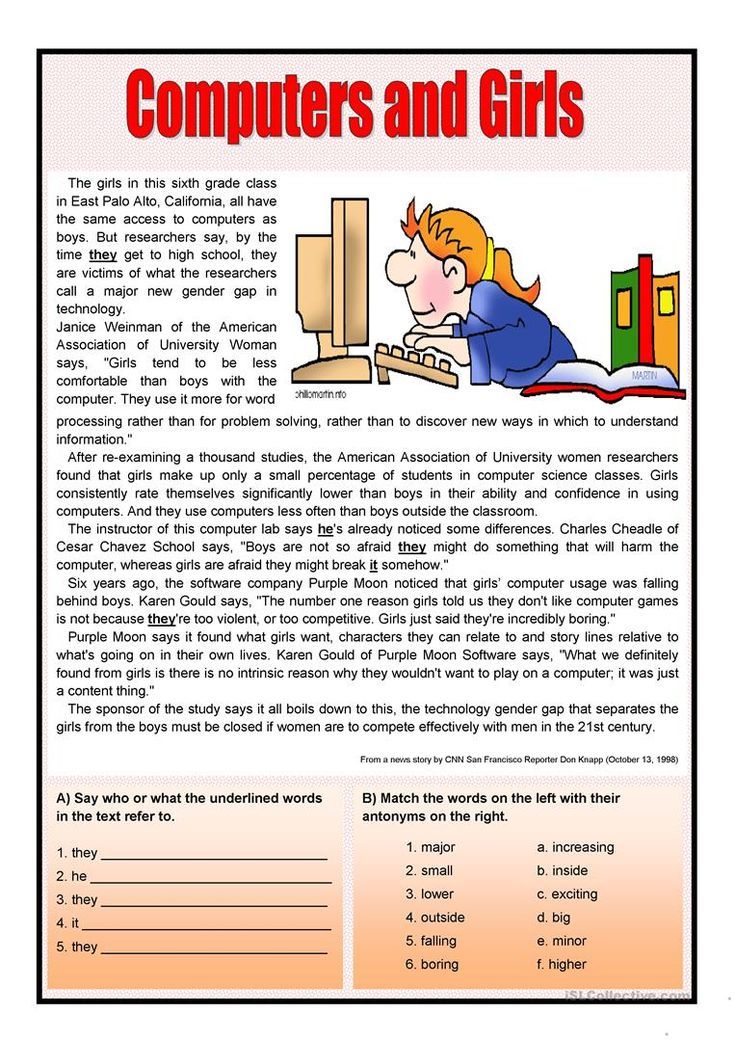 For example, if the main character just did something, you can ask, “Why did she do that?” Give your child a chance to think about it and respond.
For example, if the main character just did something, you can ask, “Why did she do that?” Give your child a chance to think about it and respond.
If you’re reading a non-fiction book together, you might encounter a new word. Point to it and ask, “What does that word mean?” If your child doesn’t know, it’s the perfect opportunity to look it up together.
3) Read Aloud
Reading aloud with your child is a great way to encourage them to read. Your child adores you — you’re probably their biggest inspiration! So when you have fun reading, they’ll want to join in.
Bedtime stories are an easy way to incorporate daily reading into your busy family routine. This time gives you and your child a chance to unwind and connect with one another.
While you read together, encourage your child to read as much of the text as they can. And before turning the page, ask them what they think will happen next. This helps them connect more deeply with the story by developing empathy for the characters or appreciating the humor.
Sometimes, though, your child might be shy about reading in front of you or answering questions. They know reading is important, and they want to succeed for you. The pressure that comes with that might make reading more difficult.
That’s OK! Give them plenty of praise and encouragement, and let them know they can take it as slow as they need to.
In the meantime, encourage them to host a special storytime with a stuffed animal or a favorite toy, any item that is guaranteed to make them smile and bring them comfort.
It may take some adjusting, but this strategy will get them confident and calm about reading.
4) Act It Out
You can make books literally come alive by acting them out. This is a dynamic and exciting way to encourage your child to love reading!
There’s no need to use elaborate props, a stage, or costumes (although, if time allows, your child might love to make a family theatre production!). Simply grab a couple of stuffed animals or toys that can play the part of the characters in the story you’re reading together.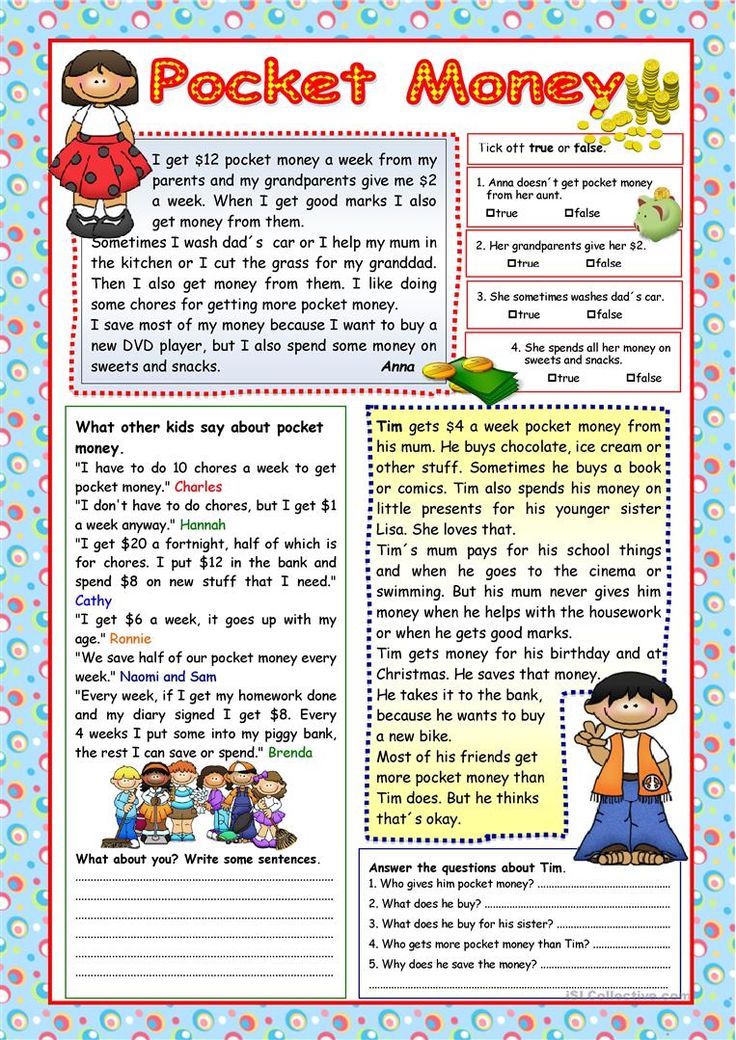
This simple addition can increase the entertainment value for your child and give them a chance to express themselves through the story.
Encourage them to do funny voices and mimic the characters’ actions in the story. Plus, if you incorporate play into your reading, they’ll start to see the connection between the words on the page and the exciting adventure you are having with your imagination.
This is a great way for your child to bring the story to life!
5) Use A Reading Finger
Young readers’ eyes find it hard to follow a line of text from right to left. They may skip around or jump lines. It can also be hard for kids to stay focused on what they’re reading.
Using a finger to track words you are reading can be very helpful. Have them use their pointer finger to point to each word as they read it. Remind them to move their finger to the next word as they go.
It can also be helpful to have an index card or a folded sheet of paper that moves from line to line. Both of these methods can help your child keep their place while reading.
Both of these methods can help your child keep their place while reading.
If your child doesn’t want to point to words as they read, you may find it beneficial to do the pointing yourself for a while until they feel more comfortable.
6) Take A Running Start
If your child gets stuck on a word while reading, ask them to take a running start. This means going back to the beginning of the sentence and trying to read the unknown word in context.
Sometimes, this is enough to help them decode the word and keep going. But, other times, the word will continue to trip them up. If this is the case, introduce a different strategy, such as covering up the suffix or prefix of a word and focusing on the root word first.
Running starts also improve reading comprehension overall as your child reviews the text.
7) Read Things That Are Not Books
If your child seems uninterested in reading books, divert their attention to other things. Magazines, movie titles, joke books, anything you come across!
For example, try asking your child to be your little helper.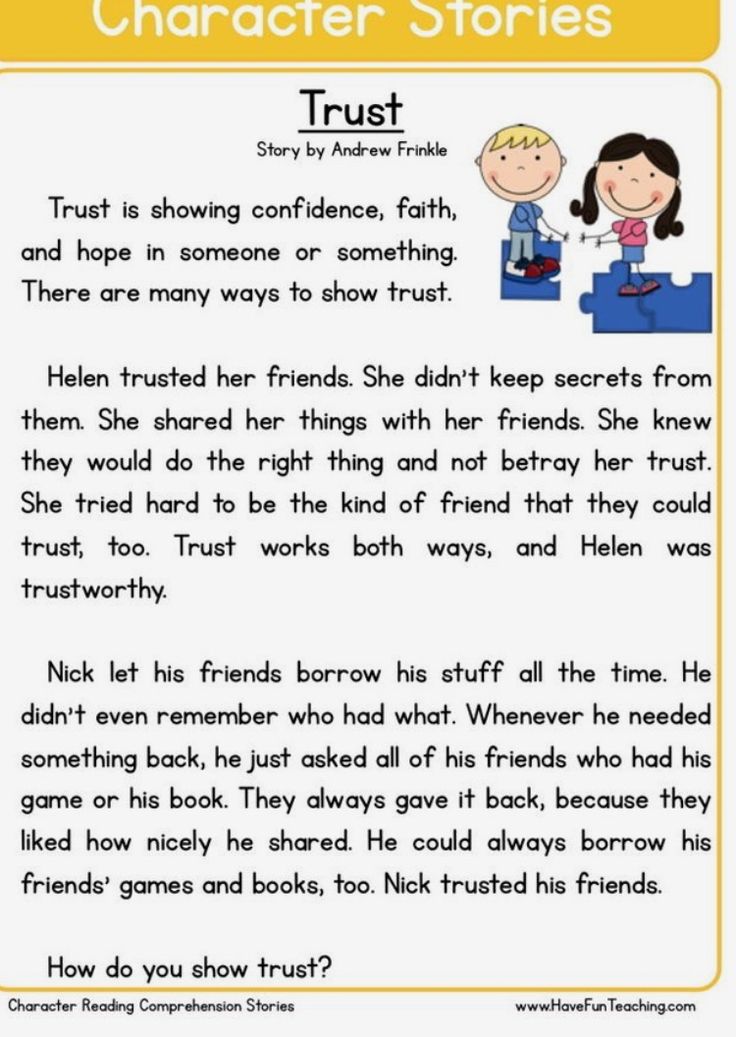 Anytime you need to look something up or read something, see if they can give it a go first (with your help if they need it, of course!).
Anytime you need to look something up or read something, see if they can give it a go first (with your help if they need it, of course!).
This can be searching up movie times online or having them read a recipe to you out loud while you cook. They could read road signs, check the weather, or find restaurant or store hours. They can read emails from family and friends that live in other parts of the world.
For younger kids, try asking them to sound out simple words you come across throughout the day, such as the word “stop” on a stop sign.
Having your child help in this way is all about the little, daily things that fit into your life. And the effect of these small tasks will give your child a huge confidence boost!
8) Let Your Child Tell Their Own Story
Acting as your child’s reading partner doesn’t have to start and stop with traditional bedtime stories. Letting them tell their own story is a great way to stimulate their imagination and can help with reading, too!
Every now and then, consider swapping after-dinner storytime for storytelling night.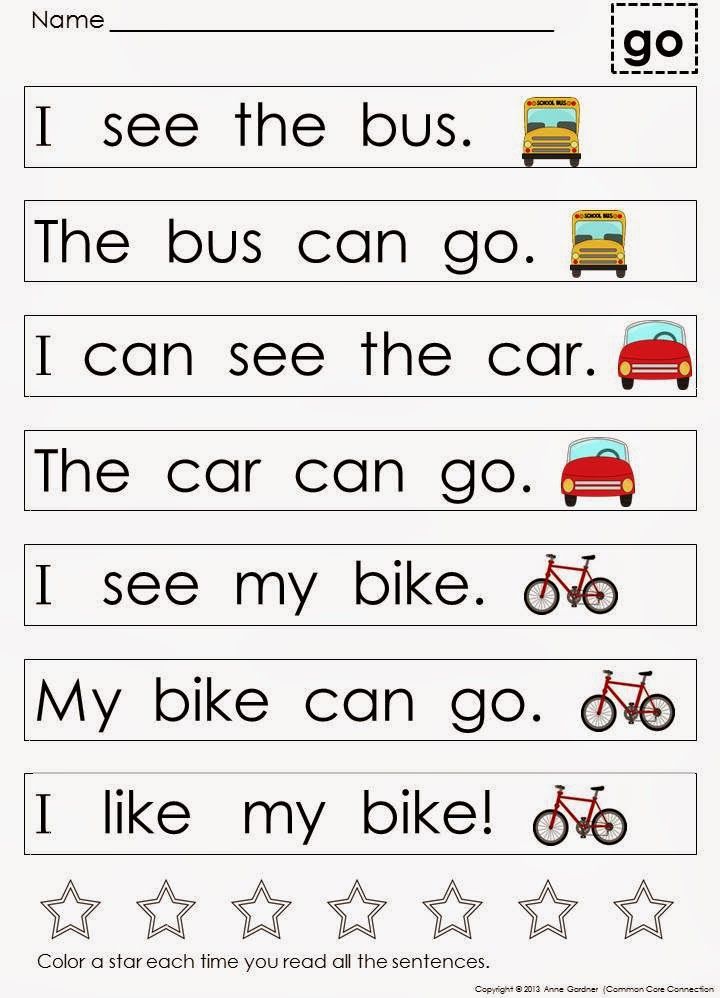 Your child can tell you a story while you write it down. Try letting your little one come up with a different scene each day (or, if time allows, all at once).
Your child can tell you a story while you write it down. Try letting your little one come up with a different scene each day (or, if time allows, all at once).
If they’re old enough, they can also work on the story on their own, drawing pictures to go along with the text or designing a book cover. Once the story is finished, you can read it together!
This is a great way to encourage accomplishment in your child, too. They will have made something of their own creation and can see the imaginative, fun, and personal finished product.
Plus, learning how to tell a story will help immensely with your child’s reading comprehension. They will begin to inherently understand the ebbs and flows of a story as they create their own.
A cute bonus: You’ll have a keepsake to treasure for years to come!
9) Make A Prediction
Predicting is another vital reading strategy that can help your child figure out what will happen next in the story and make sense of the text overall, which builds comprehension.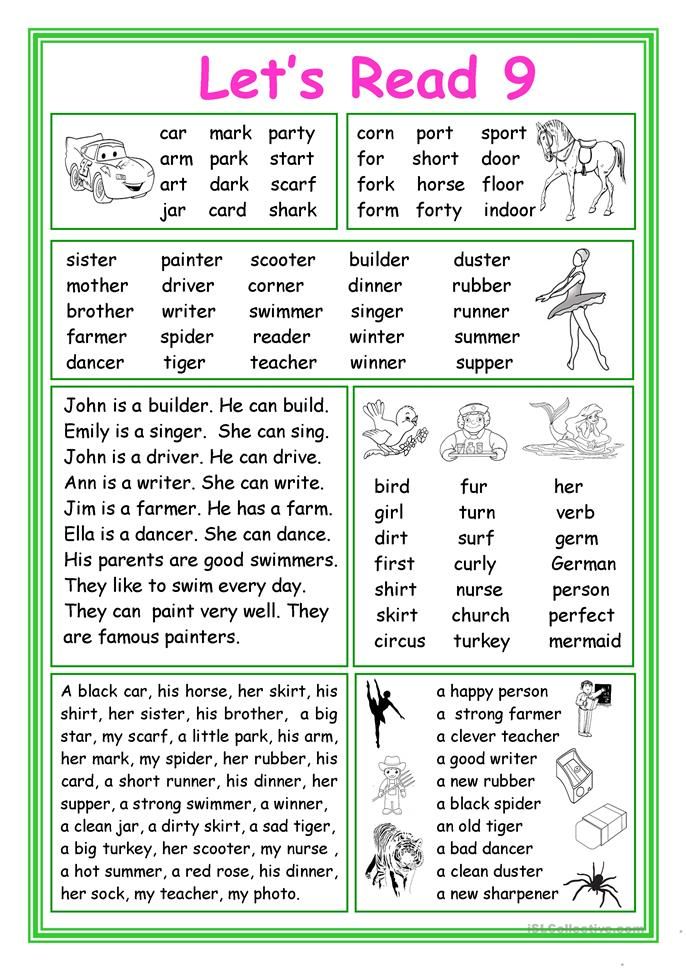
When they come to a natural stopping point in their reading, ask them to pause for a moment. Then, ask your child what they think will happen next.
After they’ve made their predictions, encourage them to keep reading to see if they were right. If they weren’t, that’s OK! Remind them that authors have different ideas, so stories can sometimes turn out differently than we think they should.
For a more fundamental-level reading strategy, try letting your child predict the next word rather than what happens in the story next.
10) Retell The Story
After your child reads a book, ask them to retell the story to you. This reading strategy helps your child practice their comprehension skills.
As they tell you about the story, pay attention to the details they include. Does your child remember the main parts? Did they have a beginning, middle, and end in their retelling?
If not, practice the retelling strategy by using some fun activities. For example, ask your child to look back through the book and find pictures to help them tell the story.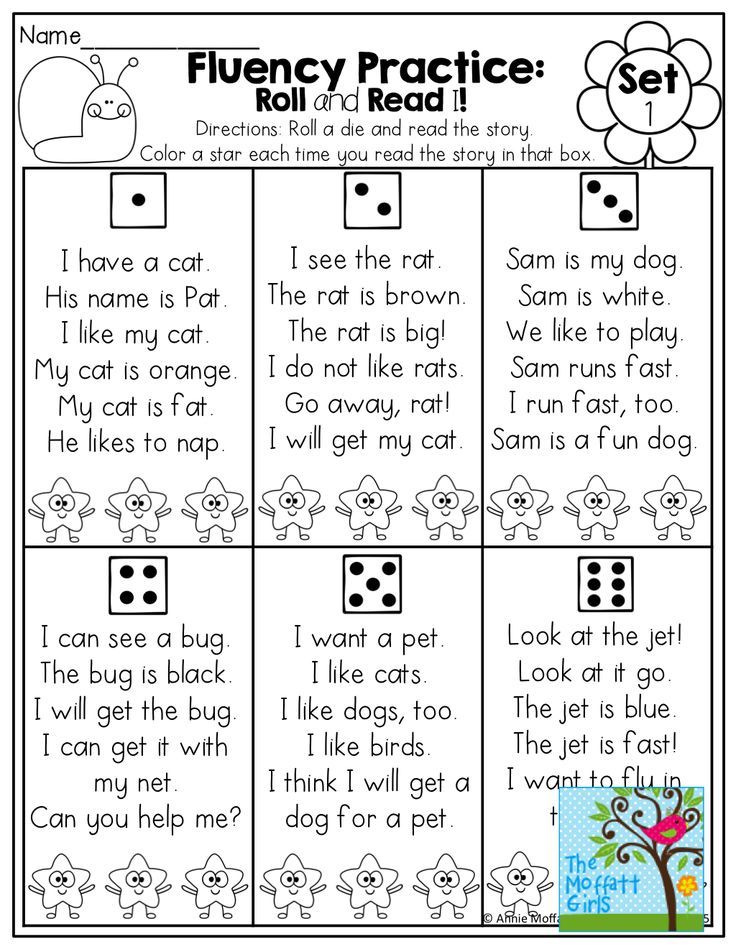
You can also ask them to draw small pictures on different pieces of paper to represent the different phases — beginning, middle, and end.
Then, put these pictures into a stack and shuffle them up. Spread them out and ask your child to put them in order. Once they’re correctly in place, have them retell the story using the pictures.
When retelling, some kids have trouble with adding too many details. If your child wants to share all the things about the book they read, help them focus on the main events.
Modeling is a good way to reinforce this concept. Spend 10 or 15 minutes quietly reading. Then, when the time is up, take turns retelling what you read. Your child will see how you focus on the key points and quickly sum up the story when you share.
11) Make Pictures In Your Mind
As your child reads aloud, encourage them to visualize the story. This means using the words as clues and picturing the story in their mind.
At first, you might have to help them with this reading strategy. After reading a paragraph or two of a descriptive piece of text, stop and ask your child to describe the scene. If they aren’t sure, model the process for them.
After reading a paragraph or two of a descriptive piece of text, stop and ask your child to describe the scene. If they aren’t sure, model the process for them.
Show them how to go back in the text and look for adjectives and other descriptive words. Then, discuss what type of mental image you have.
Take time to draw what you’re seeing in your mind and have your child do the same. Putting the mental image onto paper can help some kids better process what is going on in their brains.
Compare pictures, but first, remind your child that it’s OK to have different images because we look at things in our own unique way.
This strategy is beneficial when your child outgrows picture books because it helps them understand what they’re reading when they don’t see any illustrations to offer clues.
How Reading Strategies Build Different Skills
All of the different skills that go into reading can be a lot for kids (and parents!) to take in. Although learning to read may feel like a distant memory to us, kids are in the thick of grasping everything reading requires.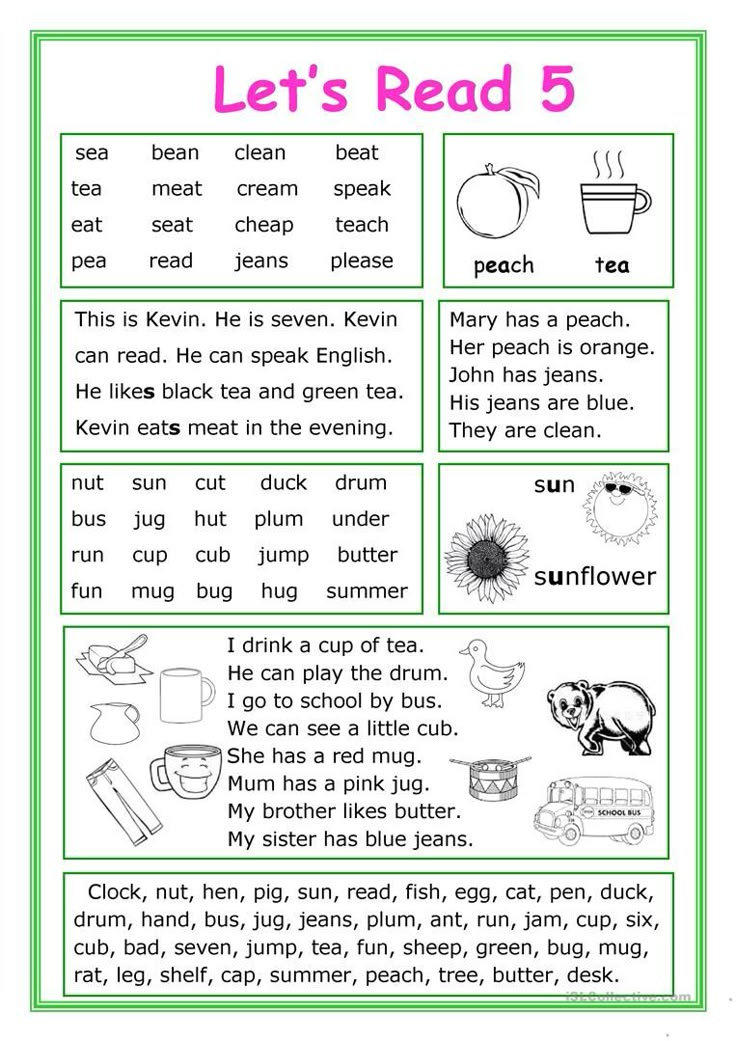
But what does reading require? And how do the strategies we mentioned help? Here are a few examples of the skills some of these strategies promote.
Rereading Helps With Decoding
We hinted at it above, but it’s important to get a clear understanding of decoding.
Decoding is the process of sounding out words. Children (and adults!) use this skill to break down words to specific sounds and then blend the sounds together to form the word correctly.
Decoding goes beyond understanding what sound each letter makes. Specifically, decoding involves becoming familiar with the relationship between letters and sounds (and their patterns).
The rereading strategy is helpful here because the more times your child sees a word the easier it will become for them to decode it and words like it. Removing the effort leaves a child free to really get lost in a story.
The HOMER Learn & Grow app is another tool your child can use to practice essential decoding skills.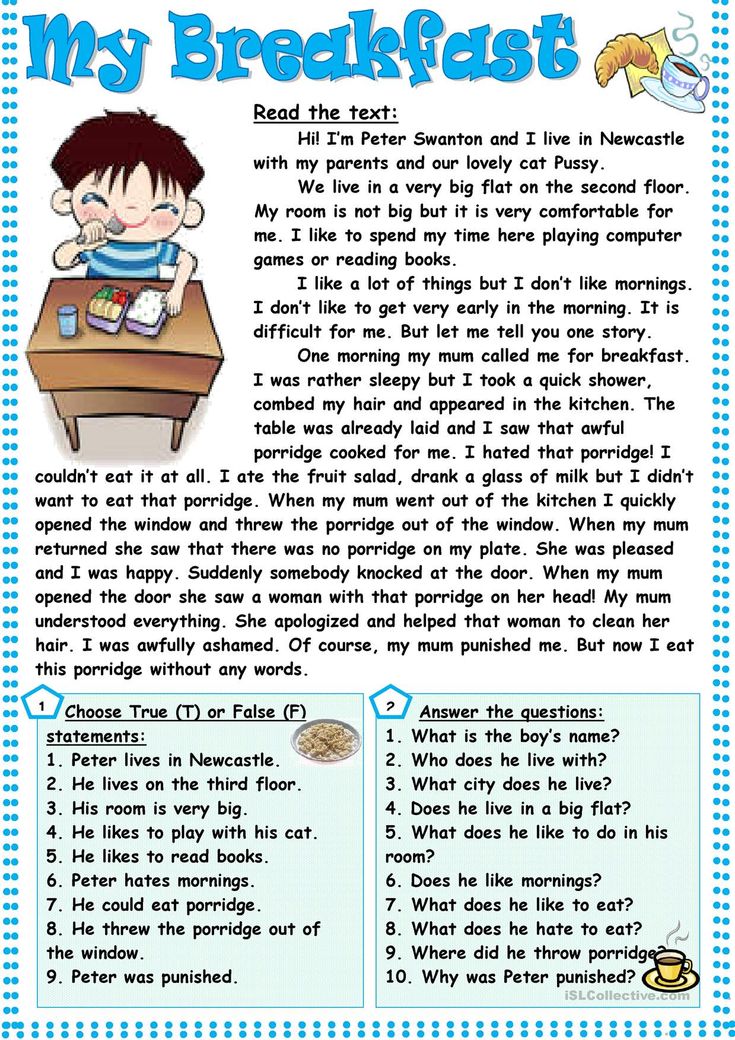
Reading Things That Are Not Books Builds Fluency
Once your child can instantly recognize words on the page (even ones they don’t know), then they are considered fluent!
It’s important to note that there are different levels of reading fluency. For example, your child may be able to fluently read a first-grade book but not a ninth-grade book. The good news is that fluency grows the more your child reads!
Building fluency is a big end goal for children. We want your child to achieve this goal so they will know that reading can be fun and rewarding. The stronger reader they become, the more likely they are to love reading!
Remember that Rome wasn’t built in a day, and neither is a fluent reader. It may take your child some time and practice to build their confidence and fluency!
In terms of reading strategies, reading things that are not books is one that can help build fluency. So can taking a running start. After all, the more your child reads, the more fluent they will become.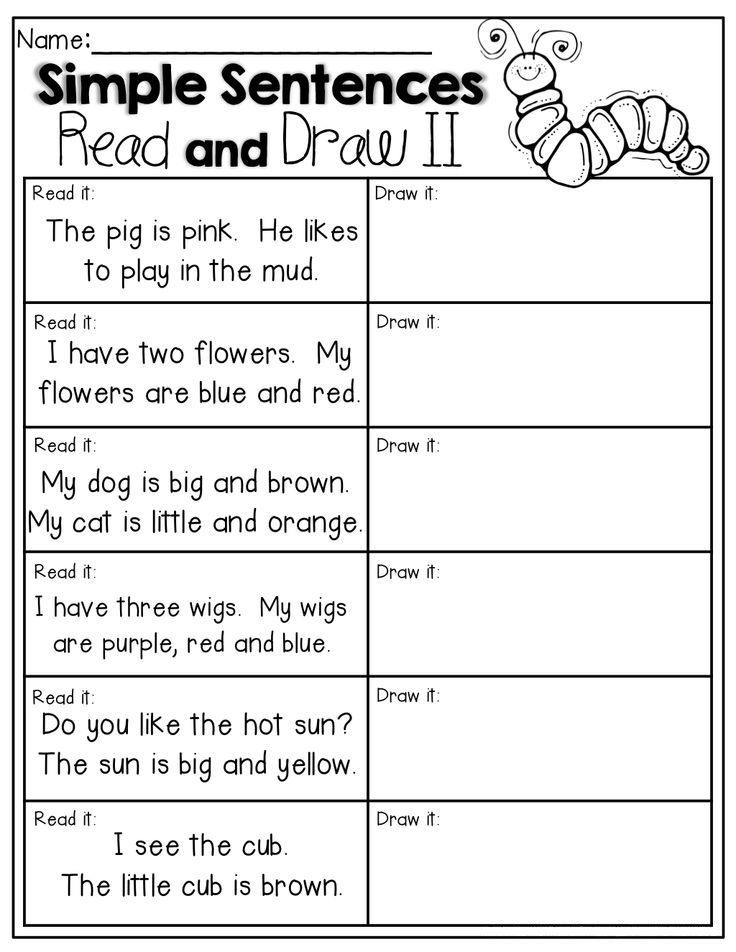
Reading Aloud Helps With Vocabulary
Words, words, words! The more words your child is exposed to, the more they will learn. And children who have a good vocabulary are at an advantage when it comes to reading.
A growing vocabulary develops from conversation and from hearing books read aloud. Additionally, children who read a lot learn more new words than those who read less because they get introduced to vocabulary in context.
All of the reading strategies we mentioned can be helpful with expanding vocabulary, but we especially recommend reading aloud and varying the kinds of books you read with your child. This will increase their exposure to all kinds of words!
Letting Your Child Tell Their Own Story Encourages Executive Function
This may sound technical, but executive function is really just an umbrella term that deals with your child’s working memory, attentiveness, and their ability to think about different things one after another.
These things influence your child’s attitude and how they learn.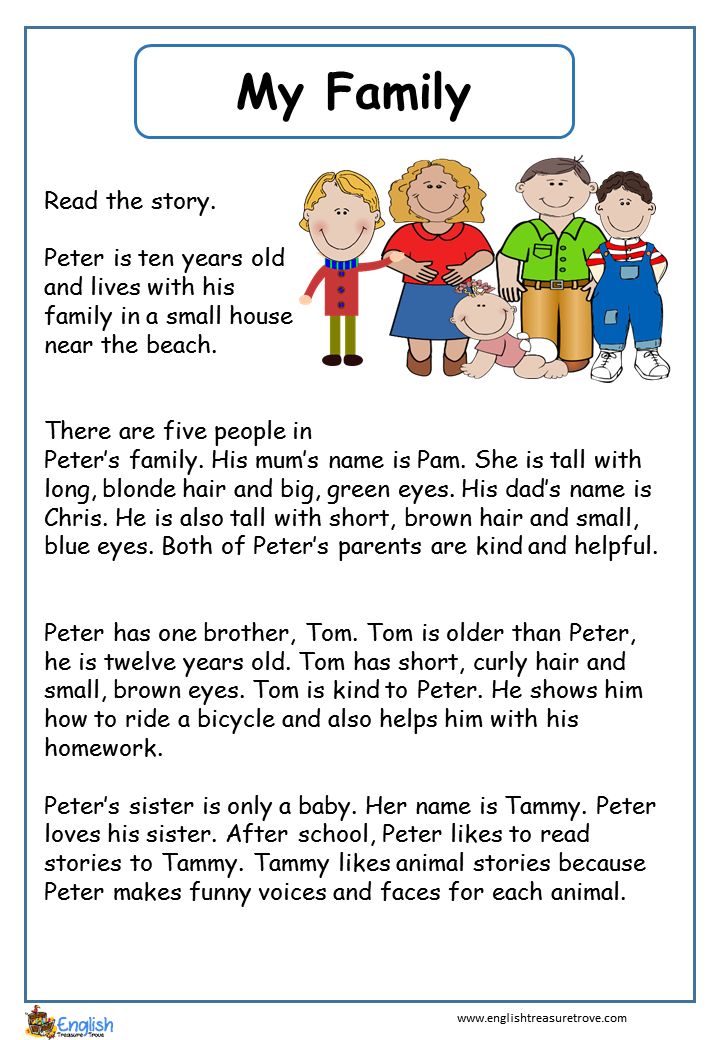 That’s part of why we always encourage reading strategies and materials that create a fun, relaxed learning environment for your little one.
That’s part of why we always encourage reading strategies and materials that create a fun, relaxed learning environment for your little one.
A good strategy for working on this skill would be letting your child tell their own story! You can also encourage them to use the Learn & Grow app from HOMER. They’ll practice important executive function skills as they play.
Make Reading Strategies Work For Your Family
Incorporating reading strategies doesn’t need to be difficult, and you can start to feel confident about your child’s improvements when you see the purpose behind these strategies.
No matter what reading strategy you choose — rereading, asking questions, reading aloud, acting it out, reading things that aren’t books, letting your child tell their own story, or any of the others — you can achieve at-home learning that fits into your life in a fun and easy way.
And if you’re looking for more resources, our kid-powered, personalized Learn & Grow App is the perfect place for your child to get in some safe, fun, and quality reading practice. Just 15 minutes a day is proven to increase reading scores by 74%!
Just 15 minutes a day is proven to increase reading scores by 74%!
Author
What Parents Can Do: Reading Tips From Kids
Here are a few tried-and-true guidelines from Reading Is Fundamental on how to motivate kids to read, with comments and suggestions from kids themselves.
Let kids pick out their own books
Book choice is a strong motivation for readers young and old. Let kids pick out books at the library or bookstore. It's almost a sure thing they'll want to read them. If you pick them out, they won't.
"Let your children pick out whatever interests them. When I was little, I always picked dinosaur books. My dad would read them to me. I got to pick out any book, and he would read it, no matter how hard it was," says Brian.
Set goals and reward reading
Reward reading with more reading, we've always said. Stop by the library or bookstore for the next book in your child's favorite series, or let your child shop for it online.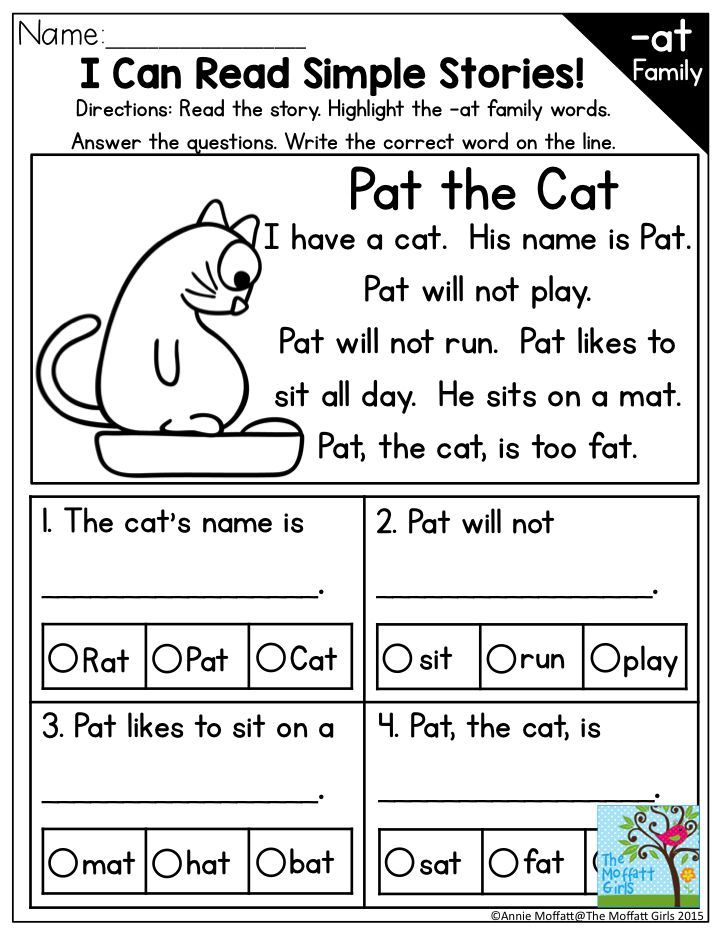 Most kids agree, but they don't also see a problem with more… well, extrinsic rewards.
Most kids agree, but they don't also see a problem with more… well, extrinsic rewards.
"Go around your town and find out about contests – you know, like the ones at the library where if you read so many books, you get a reward. Or make up your own," says Vincent. "If your kid likes ice cream, then every time he finishes, say, two chapter books at least over a hundred pages, then take him out for a little treat."
Let your kids see you read
Read the newspaper over your morning coffee, take a magazine from the rack in a doctor's office while you wait, and stuff a paperback into your purse, pocket, or briefcase. Your kids will catch on to the fact that reading is something you like to do in your spare time.
"If parents don't read a lot in front of kids, and instead watch lots of electronics – like TV and the computer – then the kids will think that's what they're supposed to do and they might not read as much," says Cameron.
Make reading together fun and memorable
Parents can convey important positive impressions about reading by making reading an experience their children will remember and cherish.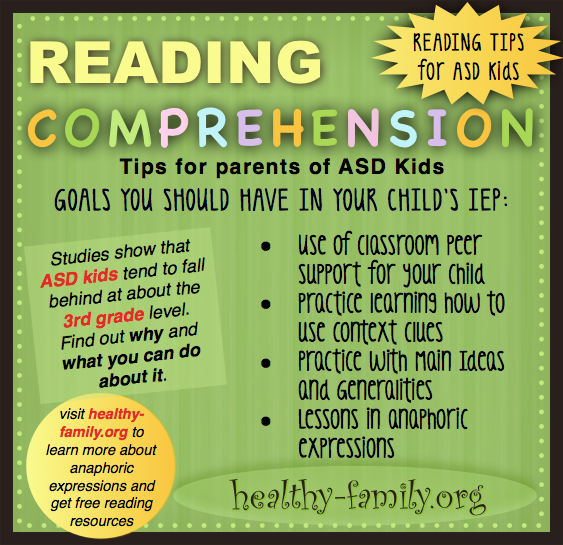
Emily says, "My mom really likes to read to me and she makes the books sound funny by using different voices."
It's not what you read to your child that counts; it's how. Make a story come alive by changing your voice and pace, or using sound effects and motions.
"For me, it was not just books – it was how my mom read the book that got my attention," says Brittany.
Create loving associations with books and reading
Reading together is a time for closeness and cuddling – another way to show your love as a parent, grandparent, or caring adult.
"My mom would write magical notes from Santa, from the tooth fairy, and 'discover' and read them with me in the morning. It was the sweetest reward knowing she'd taken the time," says Brittany.
Luis says, "My grandma is coming, and I want her to read to me."
For children lucky enough to have parents who read to them, the memory is lasting and their love for books and reading lifelong.
"Most of all, do it the old-fashioned way. Hold your child while you read together. One of my fondest memories is having my mom read to me in bed at night and falling asleep in her arms. I slept perfectly those nights," says Taurean.
How to teach a child to read: 13 tips for parents
Many parents face a problem: children flatly refuse to pick up a book. Teaching a child to read is half the task. It is important to instill love so that reading is not a necessity, but a pleasant and interesting activity. Based on research by neuropsychologists and educators, we have compiled a list of tips to help your son or daughter become interested in fairy-tale worlds and stories at an early age. To then take up useful literature with interest and with pleasure - for a new novel.
1. Lead by example
In such a responsible matter as upbringing, one's own example is important. It's one thing - a family in which parents spend evenings with a book or a newspaper, but quite another - when dad can't tear himself away from the computer, and mom doesn't miss a single series.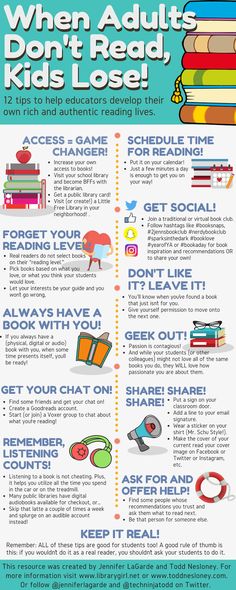 It is quite natural that a small child will not reach for a primer or a picture book if there is a tablet or smartphone with toys. So what to do? Read for yourself! A small child, looking at your interested face, furrowed brow or happy smile while reading, will understand that you know some secret. Surely he will want to join the sacrament.
It is quite natural that a small child will not reach for a primer or a picture book if there is a tablet or smartphone with toys. So what to do? Read for yourself! A small child, looking at your interested face, furrowed brow or happy smile while reading, will understand that you know some secret. Surely he will want to join the sacrament.
2. Explain the value of
Emphasize from your child's early years that a book is a value, not just paper and text wrapped in a colored cover. Do not throw away or scatter books. A book is not a toy, and even more so, children should not be allowed to tear the pages or draw on them. Every home should have a bookcase, and if you no longer need some books, you can donate them to the library or give them to friends.
3. Read aloud
Start by reading aloud - only in this way can a child learn to read by pronouncing sounds and gradually understanding the relationships of letters, syllables and words.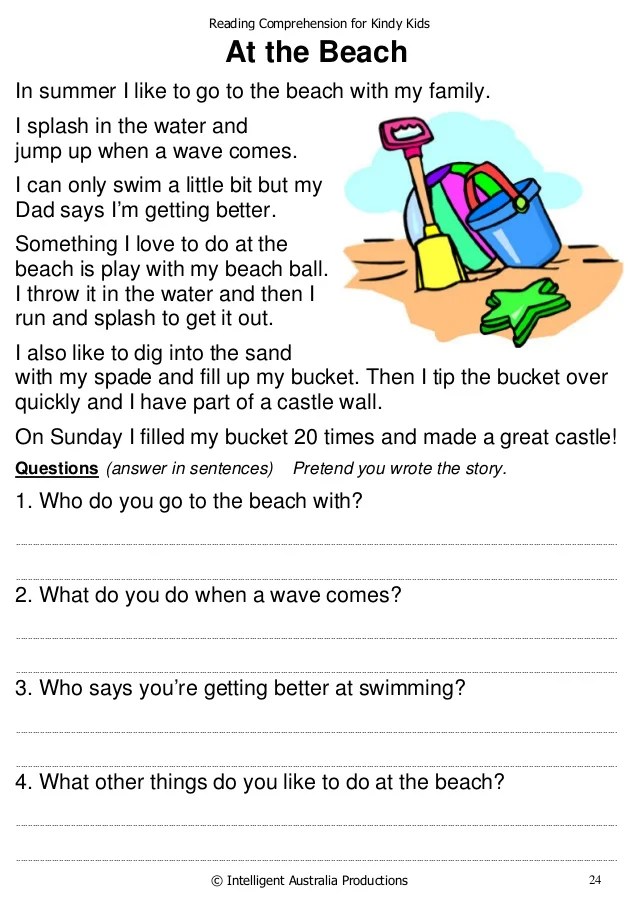 Children love it when their parents role-play fairy tales, and then they themselves are drawn into the reading process. This brings together and is associated with the most pleasant and interesting pastime. But don't become a slave to reading - pass the initiative. A child can read to you, a grandmother, a favorite toy or a cat - it is not difficult to find a listener.
Children love it when their parents role-play fairy tales, and then they themselves are drawn into the reading process. This brings together and is associated with the most pleasant and interesting pastime. But don't become a slave to reading - pass the initiative. A child can read to you, a grandmother, a favorite toy or a cat - it is not difficult to find a listener.
4. Praise
Yes, do not forget to praise reading with expression, when the child pronounces difficult words correctly and does not rush. A gentle touch, praise, encouragement with a chocolate or a toy will do the trick. The child will understand that reading is not so difficult, that he succeeds, that he can achieve even better results.
5. Interrupt
A technique that helps increase interest in the story and understand how important it is to be able to read. It's simple: when reading a book, stop at the most interesting place. Pretend that you remembered something and cannot continue until you write down an important thought.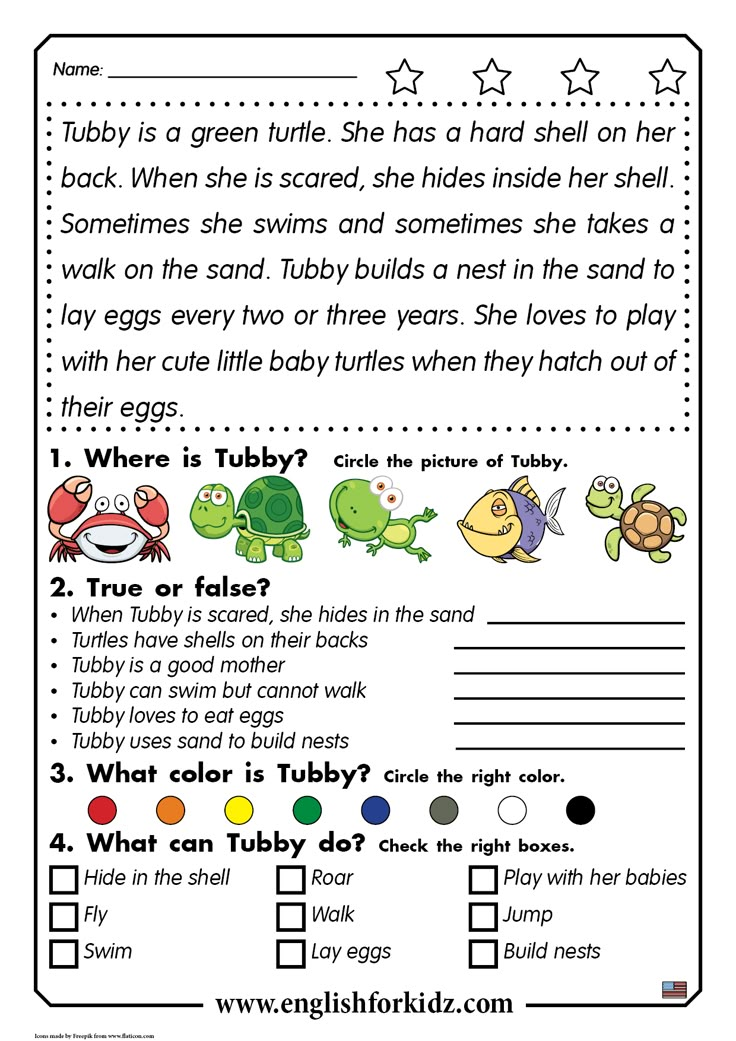 The child will not wait long - he is interested in continuing! If he already knows how to read, although he does it reluctantly, then he will take the book and finish it for you. Or he will understand that you will not always be able to read his favorite fairy tales, but reading yourself, in general, is still worth learning.
The child will not wait long - he is interested in continuing! If he already knows how to read, although he does it reluctantly, then he will take the book and finish it for you. Or he will understand that you will not always be able to read his favorite fairy tales, but reading yourself, in general, is still worth learning.
6. Visualize
A verse, a fairy tale, a story can not only be acted out in faces, but also displayed in a drawing, symbols and diagram, and a plan drawn up. So the child will understand the text more clearly, since you will rely on key words and phrases. And remembering the “drawn” verse is much easier. In addition to the “here and now” fantasy, this method develops the imagination, which will be very useful in the future - at school lessons, at work, in difficult life situations.
7. Play
If your child sees a cupboard as an ark and a bread bagel as a car steering wheel, it will be easier for him to start reading and love reading as an interesting game.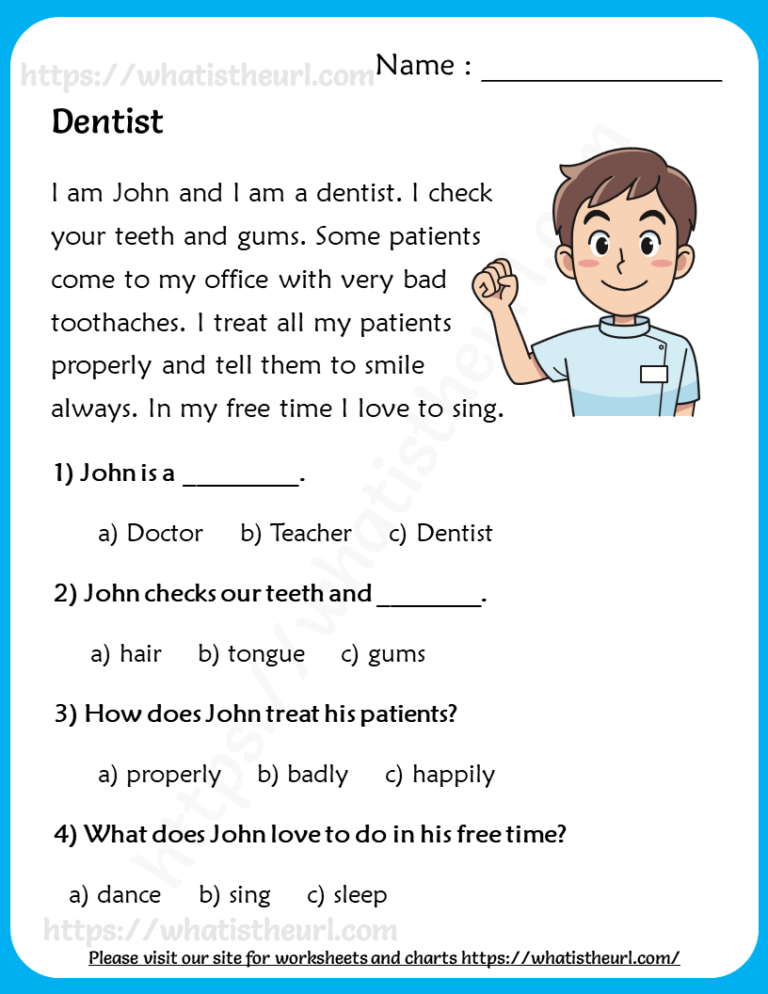 Some children have difficulty learning to read due to their developmental characteristics. This is primarily due to the lack of games at an early age. Reading is also a game, because it turns on the imagination. Reading without the ability to imagine objects and events is meaningless. And if the child cannot imagine and understand, he will be bored.
Some children have difficulty learning to read due to their developmental characteristics. This is primarily due to the lack of games at an early age. Reading is also a game, because it turns on the imagination. Reading without the ability to imagine objects and events is meaningless. And if the child cannot imagine and understand, he will be bored.
8. Develop your imagination
Clients of neuropsychologists are children with impaired perception, attention, memory and logical thinking. Without all this it is difficult to fall in love with reading. But it is possible to help such children, of which there are a lot. For this, special educational games have been developed. Giving them at least 20 minutes a day, you can achieve great success in reading! Games tied to guessing letters, intonations, tongue twisters, associations will not seem like boring lessons, you will want to return to them again and again.
9. Show the world
A person who has never heard the singing of birds, who has not felt the breath of the wind and who has not plunged into sea waters, will not be able to imagine this.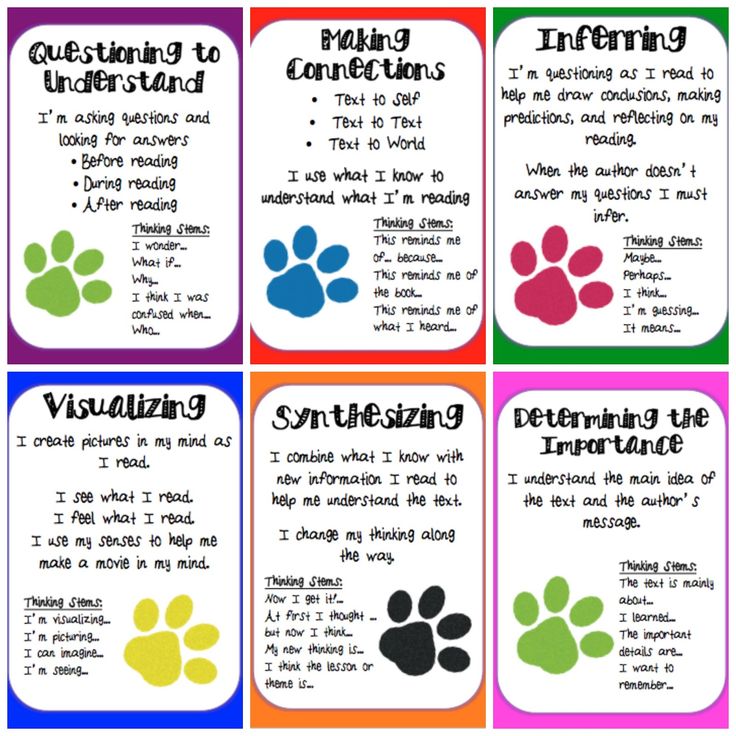 Some children literally grow up in greenhouse conditions: they rarely walk, move little, do not communicate with peers and do not experience new emotions. That is, they do not receive life experience. It is difficult for such children to fantasize. Bumping into descriptions and phenomena that they have not seen in life, they let them past their eyes and souls - they do not understand the meaning, they are not interested. Therefore, it is extremely important not only to spend time with a book, but also to show the child new pictures of the world. Discuss, pay attention to phenomena, touch objects, ask questions (“Look, this is a seagull. Why do you think it flies so low?”).
Some children literally grow up in greenhouse conditions: they rarely walk, move little, do not communicate with peers and do not experience new emotions. That is, they do not receive life experience. It is difficult for such children to fantasize. Bumping into descriptions and phenomena that they have not seen in life, they let them past their eyes and souls - they do not understand the meaning, they are not interested. Therefore, it is extremely important not only to spend time with a book, but also to show the child new pictures of the world. Discuss, pay attention to phenomena, touch objects, ask questions (“Look, this is a seagull. Why do you think it flies so low?”).
10. Take your time
It takes a long time to teach a child to read. If he fails, he has no desire, he protests - it will take even more time. Don't rely on teachers, you can do just as well! The authority for your child is yourself, and you have the opportunity to get closer, to transfer your knowledge and skills, habits, love for certain books, authors and publishers to him.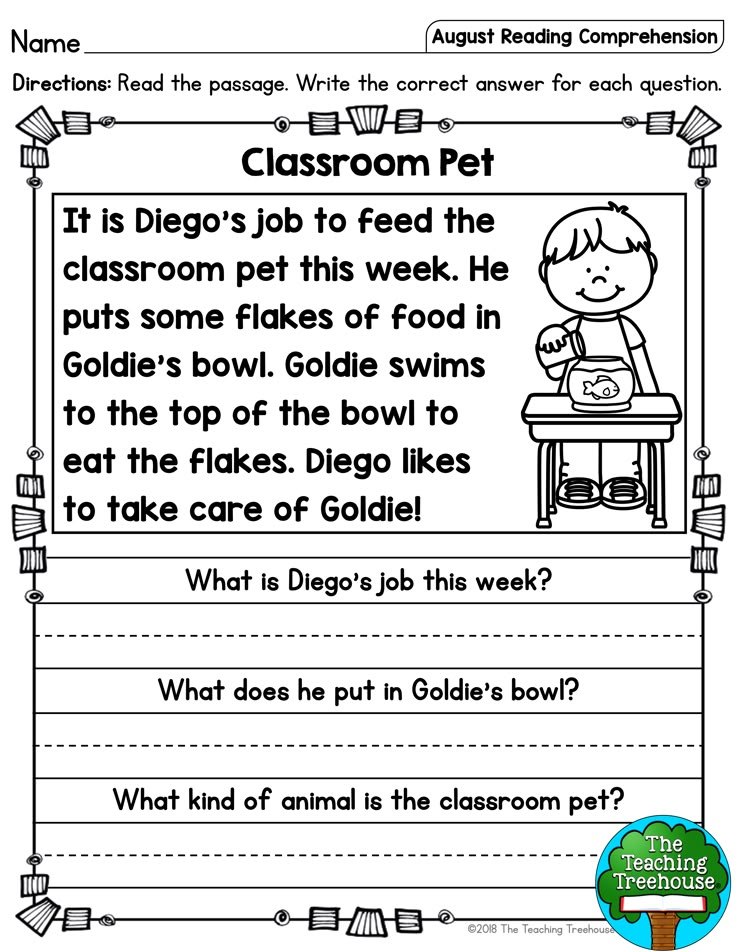 Don't neglect it.
Don't neglect it.
11. Make reading a reward
Having fallen in love with word games, the child will perceive these minutes and hours as a gift or a reward. Removed scattered items? Well done! And now you can read. Through educational games, smoothly turning into reading, children learn to treat books with interest. Let reading together be your favorite pastime. And then you will increasingly hear the question: when are we going to read?
12. Discuss what you read
Turn reading into an additional topic of conversation: discuss what you read, give examples and analogies. Why did the hero act this way and not otherwise? Which of your family and friends does he look like? In a dialogue on the theme of the work, it will be easier for the child to understand the motives of actions, to remember the plot.
13. Turn reading into a ritual
If your child is no longer small, is in school, but has a disdain for reading, make it a habit to spend at least a few days a week on the book - both independently and with the child.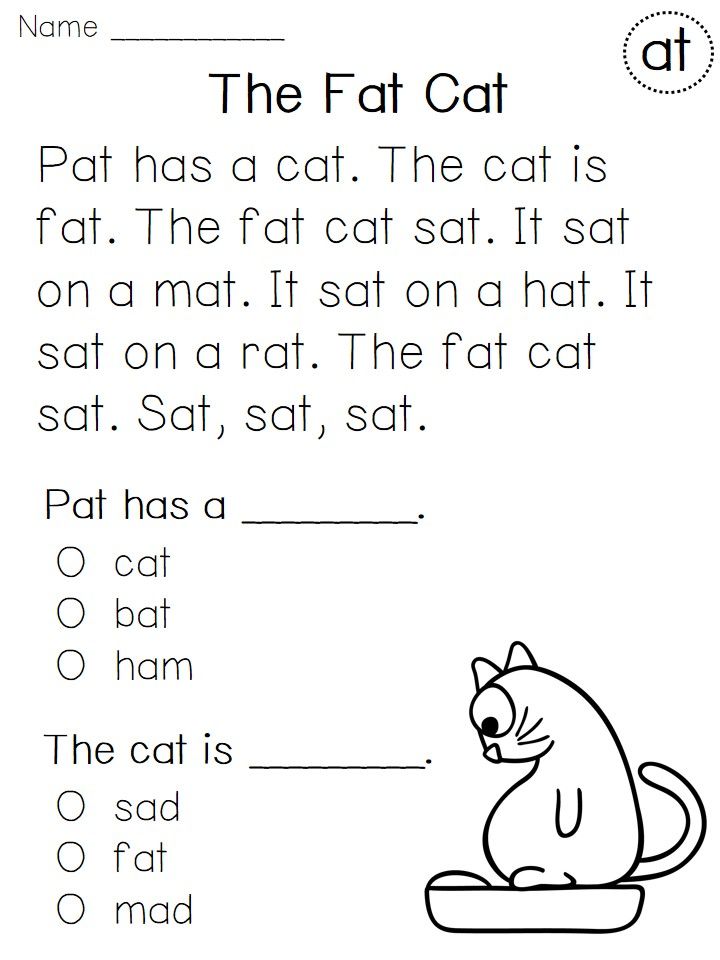 And it should be approached with an arrangement - as a ritual. After all, it was not in vain that there was a tradition of evening readings, when the head of the family read out works, and the whole family listened with bated breath. For such a purpose, summer evenings in the country are perfect!
And it should be approached with an arrangement - as a ritual. After all, it was not in vain that there was a tradition of evening readings, when the head of the family read out works, and the whole family listened with bated breath. For such a purpose, summer evenings in the country are perfect!
10 tips on how to teach children to read… without bribery
Surely you have already come up with the simplest solution - “bribery”. According to a survey conducted by British publisher Rising Stars and Coventry University, 60% of parents in the UK "bribe" their children to read. At the same time, each read book, page or minute spent reading can be paid.
Reward stickers and stars (32%), staying up late (23%), extra time at the computer or watching TV (14%), cash (8%), trips to theme parks become currency. and trips to the zoo (7%), as well as sweets (5%).
However, Professor of Psychology at the University of Rochester (USA) and author of Why We Do What We Do, Edward Deci argues that in this case, "your children will only read as long as your experiment lasts.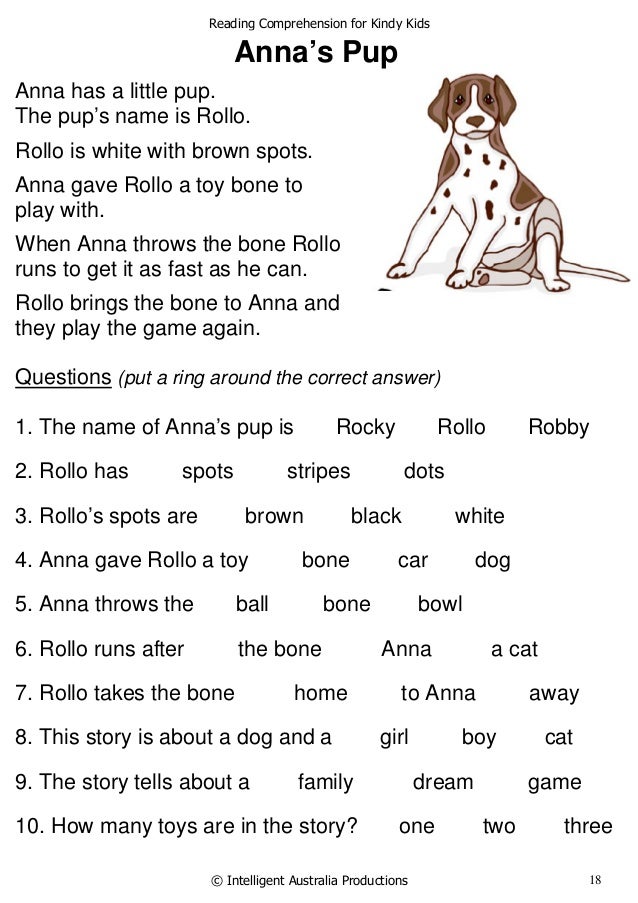 "
"
Due to “bribes”, reading becomes associated with some tedious duty, for which payment must necessarily follow. But how to infect children with a passion for reading, so that it becomes a reward in itself?
Pearson, a UK-based educational company, offers 10 simple, tried-and-true tips in their Children's Reading Guide:
1. Make books a part of family life. Surround your children with books and regularly add new books to your bookcase.
2. Sign up at your local library. Give your child the opportunity to find interesting books on the shelf, participate in various competitions, go to a lecture by a children's writer.
3. Read whatever you like together. Let it be poetry, comics, anecdotes, recipes, newspapers, magazines, even an explanatory dictionary. Anything. Don't limit yourself to "high" or "useful" literature.
4. Get comfortable. Create a cozy family reading nook with a floor lamp and a blanket.